What is Experiential Learning?
“In its simplest form, experiential learning means learning from experience or learning by doing. Experiential education first immerses learners in an experience and then encourages reflection about the experience to develop new skills, new attitudes, or new ways of thinking.” Lewis and Williams (1994, p.5).
Experiential learning theory is based on the premise that knowledge is effectively acquired through learning experiences and activities outside of the traditional “direct instruction” setting.
Examples include:
- Field trips
- Community-based projects
- Simulations
- Role-playing
- Experimental activities
The activities provide a hands-on learning opportunity to acquire skills and knowledge; and has been shown through research to increase student retention and engagement (Kuh, 2008).
Experiential Learning Cycle
As defined by Alice Y. Kolb and David A. Kolb, experiential learning is a “learning cycle or spiral where the learner ‘touches all the bases’- experiencing, reflecting, thinking, and acting-in a recursive process that is responsive to the learning situation and what is being learned.” (Kolb & Kolb, 2005, p.194).
This cycle is defined by four main elements:
- Concrete experience (Doing / Having an experience)
- Reflective observation (Thinking about the experience)
- Abstract conceptualization (Learning from the experience)
- Active experimentation (Trying out what you learned)
The premise is that experience combined with reflection, analysis and experimentation are vital pieces of the learning process.
Experiential Learning Example in Early Childhood – Firefighters and Firetrucks
Concrete experience: Visit from local firefighters – explore truck, see fire hose in action, learn about fire safety.
Reflective Observation: Teachers guide discussion about the experience (Create CAN-ARE-HAVE chart)
Abstract Conceptualization: Explore what they learned about the firetruck through art
Active Experimentation: Exploring and re-enacting what they learned about firefighters through block play
Kolb, A. Y., & Kolb, D. A. (2005). Learning styles and learning spaces: Enhancing experiential learning in higher education. Academy of Management Learning & Education, 4(2), 193-212.
Kuh, G. D. (2008). High-impact educational practices: What they are, who has access to them, and why they matter. Washington, DC: Association of American Colleges and Universities.
Lewis, L. H., & Williams, C. J. (1994). Experiential Learning: Past and Present. New Directions For Adult And Continuing Education, (62), 5-16.
Questions to consider
- What are some characteristics that should be present in an activity or method in order to define it as experiential?
- Share an experiential learning activity you have done with your class (include age/grade of your students).
Leave a reply below with your thoughts!


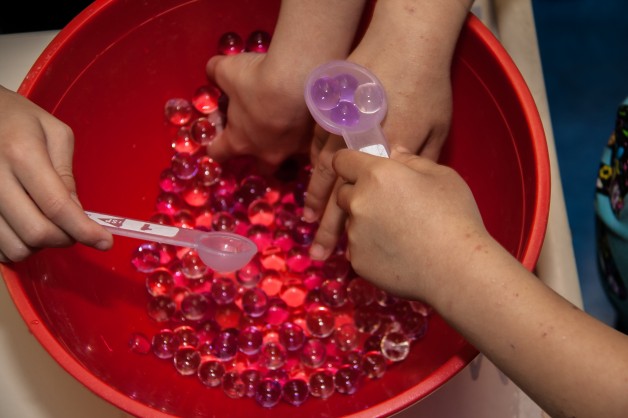
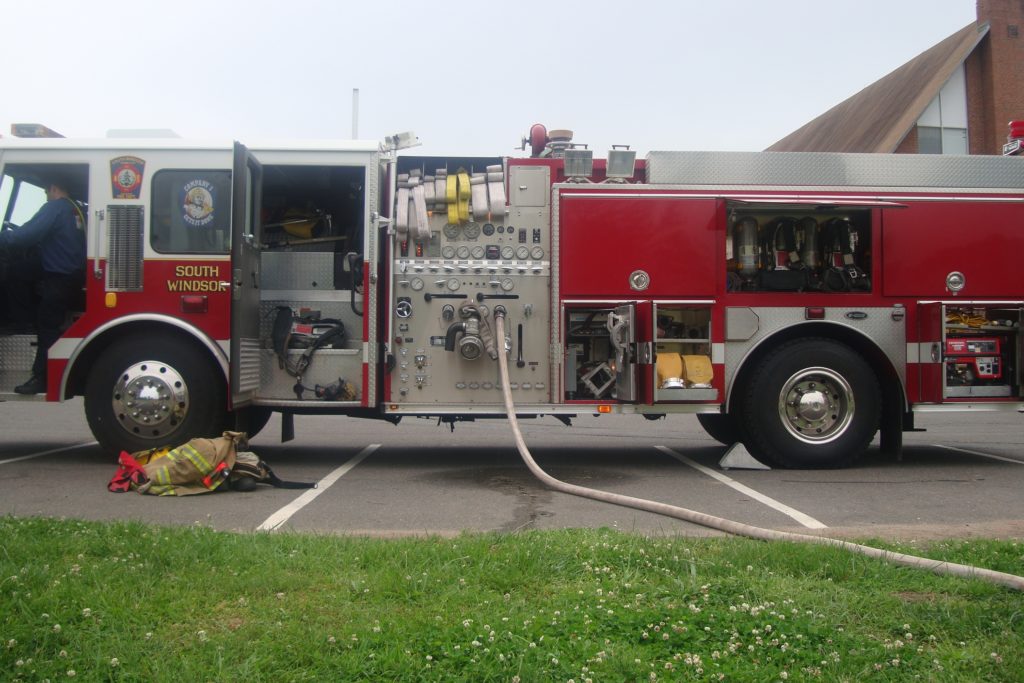
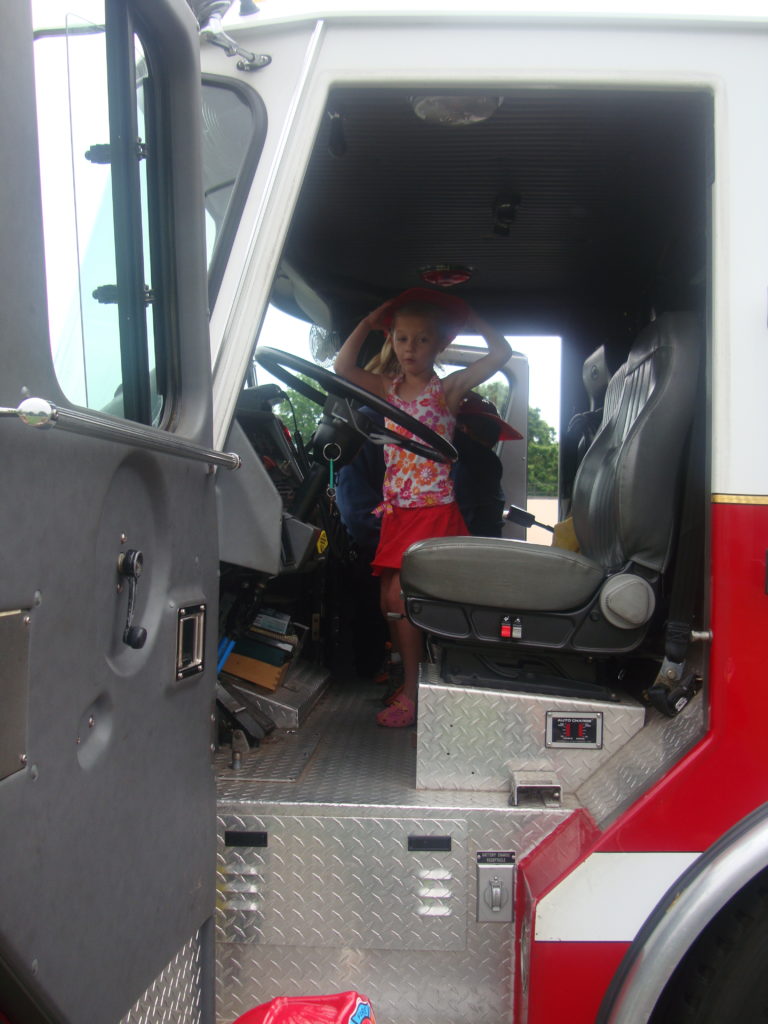
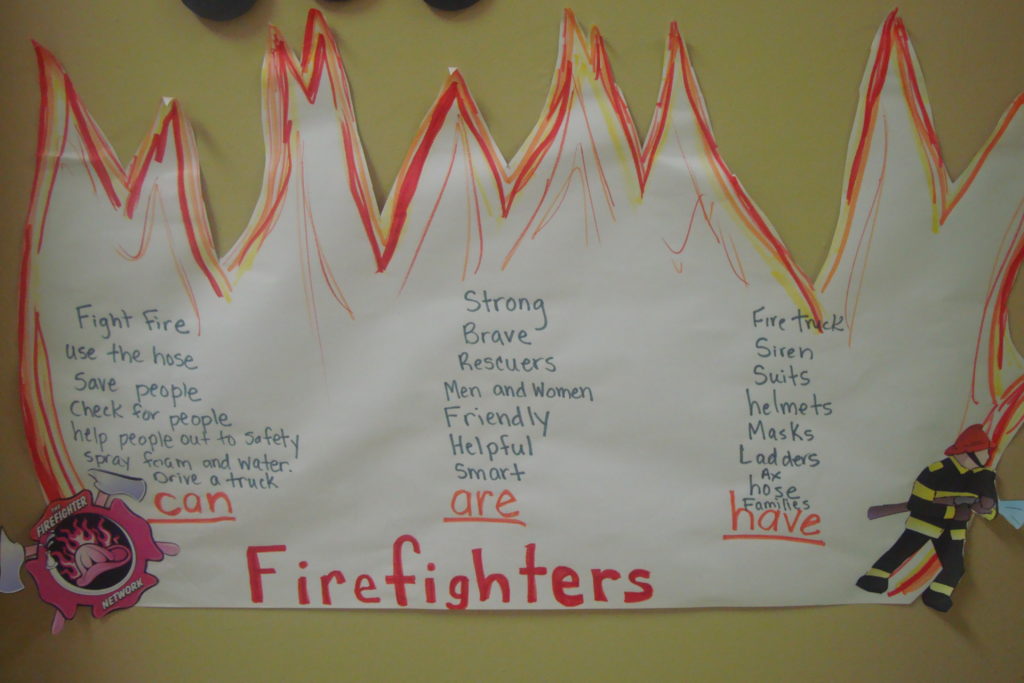
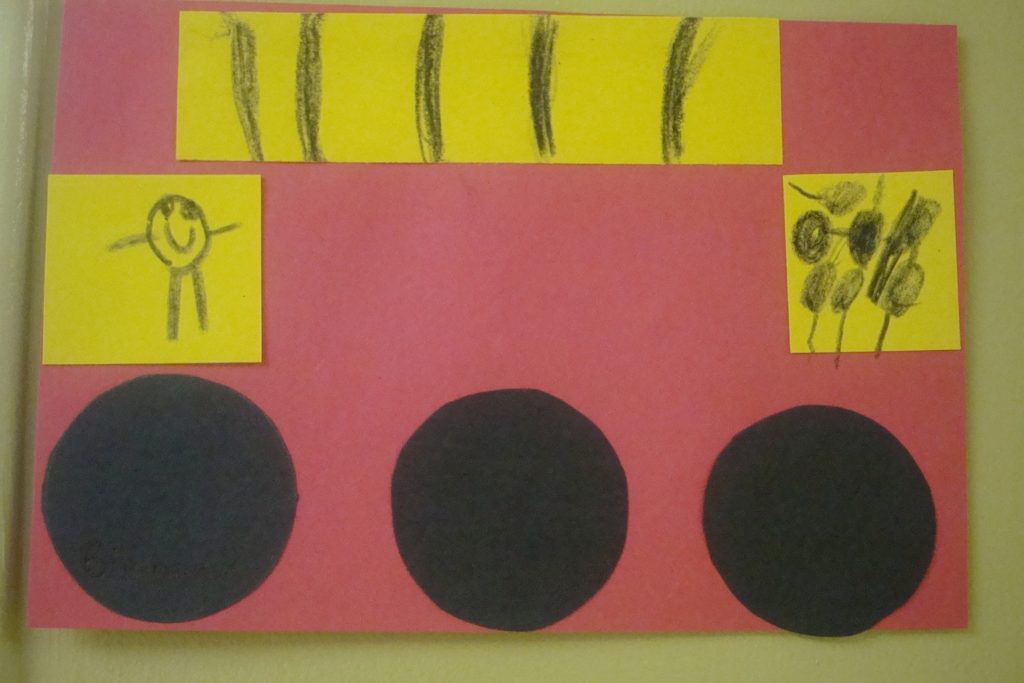
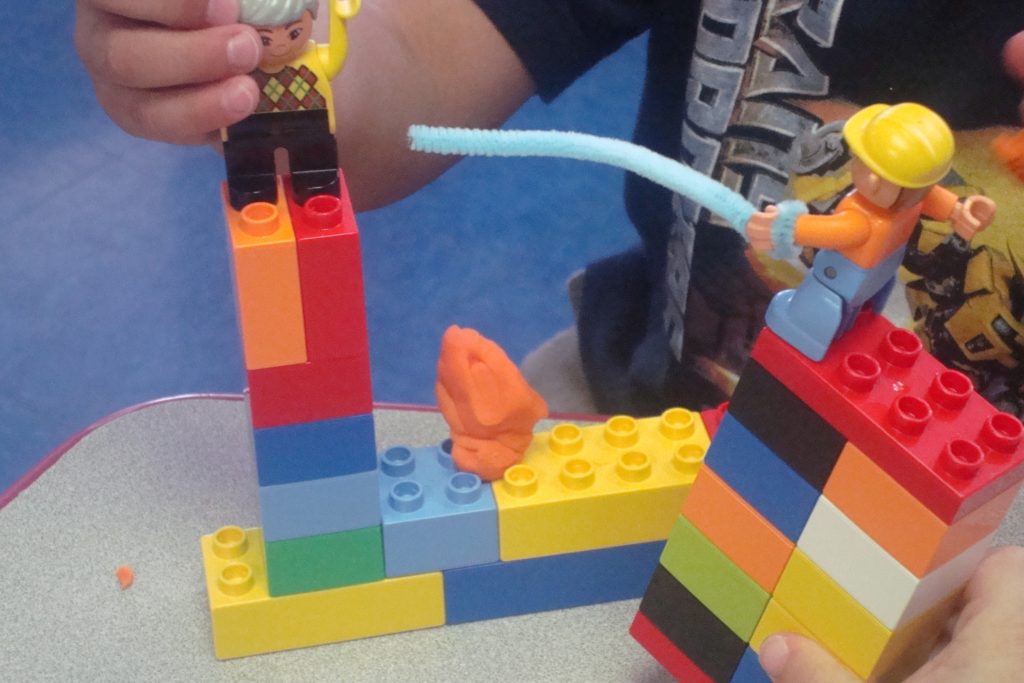
Leave a Reply